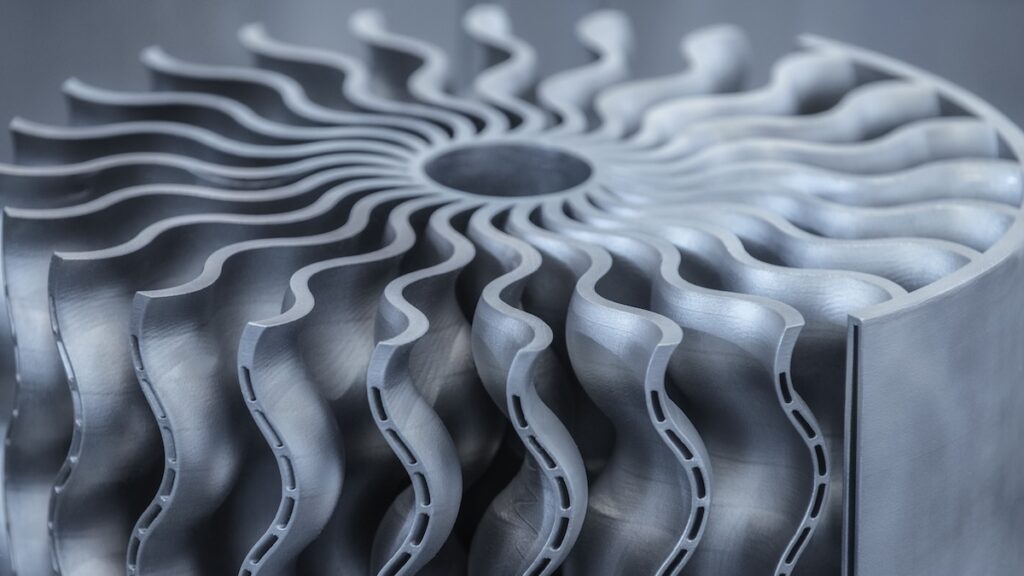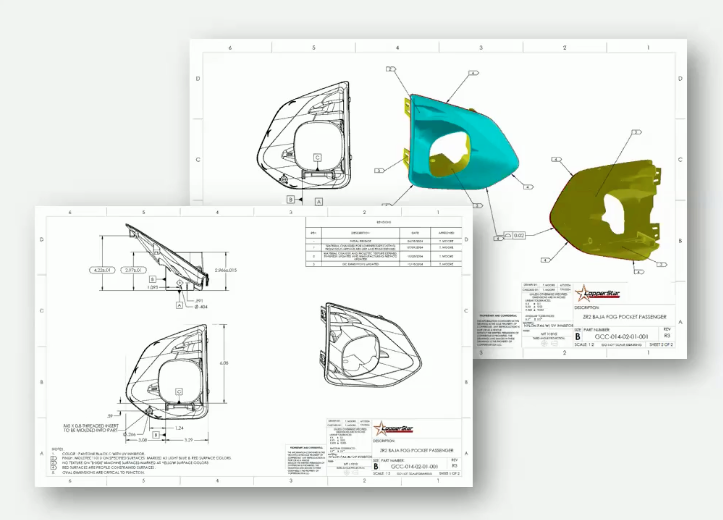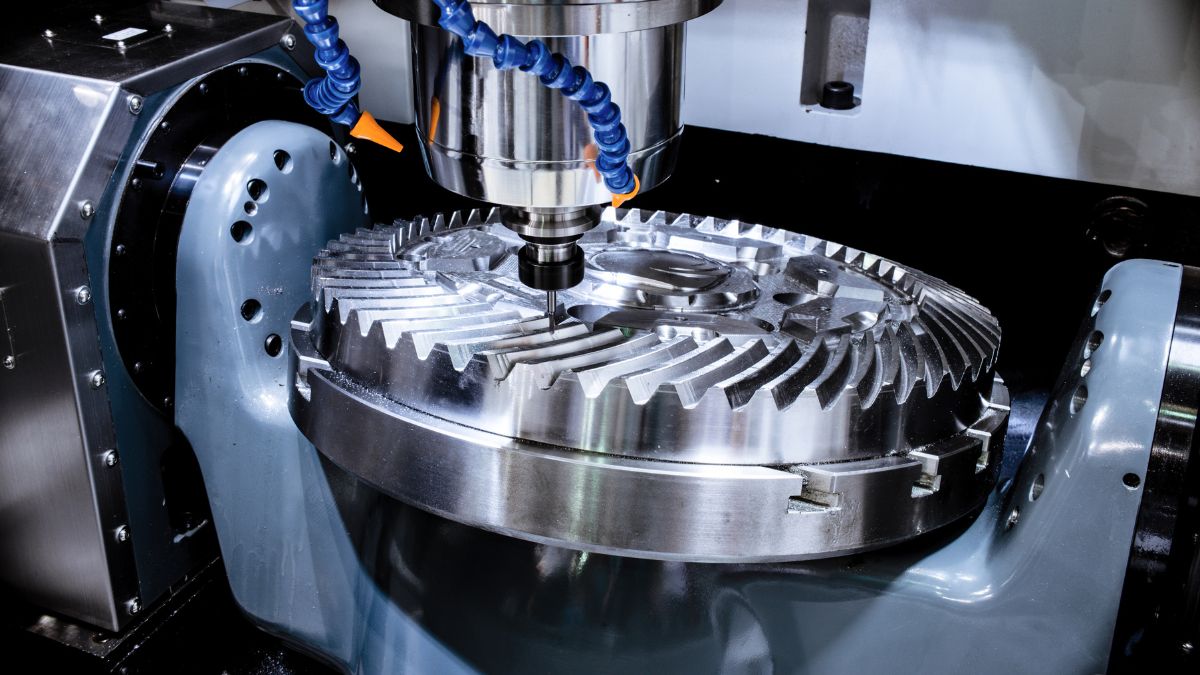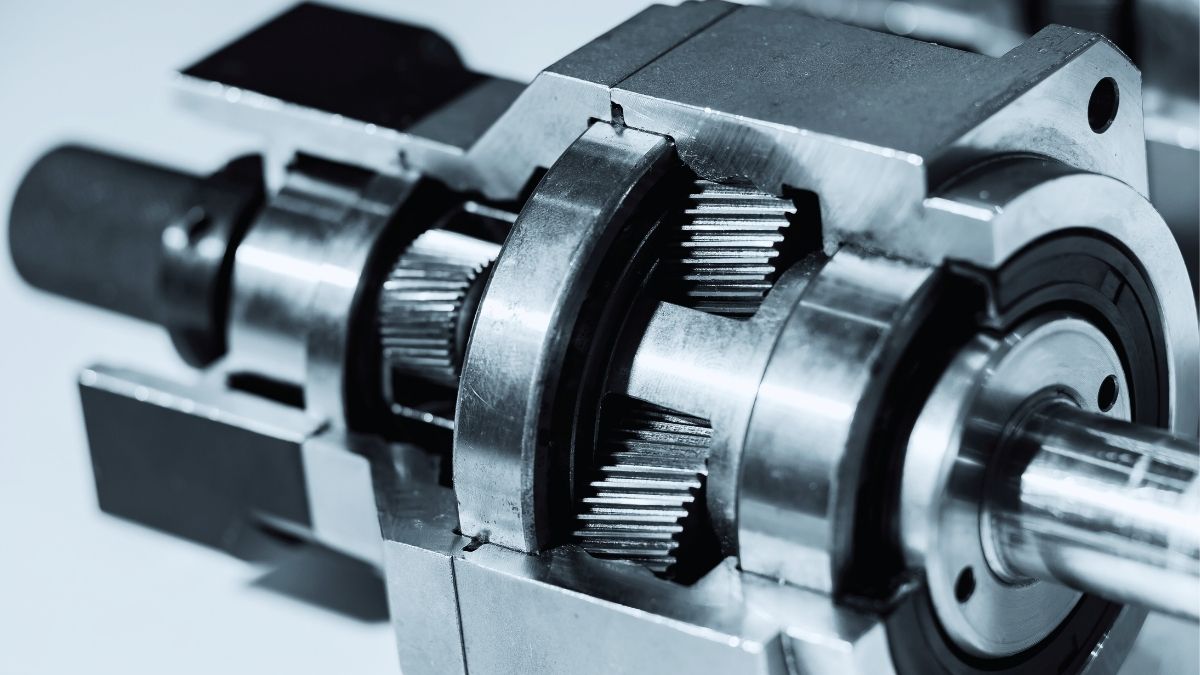The Craft of CNC Machining: Precision Engineering’s Silent Powerhouse
In the whirlwind evolution of manufacturing, few technologies have etched such an indelible mark as Computer Numerical Control (CNC) machining. This silent powerhouse of precision engineering has quietly been a driving force behind the scenes, from mundane, everyday items to the extraordinary complexities of aerospace and beyond. It’s an art form that unites the potency of computer programming with the traditional expertise of craftspeople. But what truly is CNC machining, and why should we all care?
NC, or numerical control, refers to an automated and programmable system where equipment can be controlled with alphanumeric input data. You’ll also hear and see it called CNC or Computer Numerical Control. It’s traditionally associated with milling and lathing. CNC machining has evolved with technical prowess, sculpting materials with accuracy previously thought to be unattainable.
Technically speaking, CNC machining is a manufacturing process where pre-programmed computer software dictates the movement of factory machinery and tools. This process can be used to control a range of complex machinery, from grinders and lathes to mills and routers, ensuring they can cut and shape materials with precision. By replacing manual control with precise automation, CNC has dramatically improved efficiency and accuracy in manufacturing.
CNC or 3D Printing: What’s the Best Way to Make Your Part?
3D printing, where 3D objects are created by depositing materials layer by layer to create complex geometries, can significantly reduce time and costs while maintaining quality. CNC is a subtractive process it starts with a block of material and removes excess to form the desired shape. This fundamental difference in approach dictates different applications for the two technologies. Learn more about quality control in subtractive and additive manufacturing.
Understanding when to employ one technology over the other can be a strategic advantage, and it may depend on your industry and unique business requirements. For example, you may want to use additive manufacturing when creating medical devices.
Identifying the right tool for the job, whether additive or subtractive, can contribute to faster time-to-market, improved product quality, and significant cost reduction. It is the mastery of these tools, whether alone or in concert, that distinguishes the modern manufacturer. Together, they form a manufacturing dream team, catering to a full spectrum of industrial needs.
| CNC Machining (Subtractive) | 3D Printing (Additive) |
| Excels for production runs of parts that demand both strength and high precision Best for creating bespoke or replacement parts when a higher degree of mechanical specifications or precision is needed | Great for rapid prototyping, complex geometries Lights-out operations: When you have jobs you need to run unattended with no operators |
Here are some constraints to consider when deciding between additive and CNC:
- Geometry: The tool size in CNC machining and nozzle diameter in 3D printing dictate the minimum feature size that can be achieved.
- Surface Finish: CNC machines generally provide a smoother finish than 3D printers, essential for components that mate with other precision parts.
- Tolerances: Composite 3D printers can achieve tolerances of +/- 0.005”, with the option for post-machining. Nevertheless, CNC might be more straightforward for overall part machining.
- Loading: Non-structural components are ideal for 3D printing, but structural parts facing significant loads may require either continuous fiber reinforcement or CNC machining. Reinforced 3D printed parts don’t possess isotropic properties like metal and are stronger along X and Y axes than Z.
- Environment and Materials: Both 3D printing and CNC machining work with metals and polymers. Service temperature, moisture, and chemical resistance are critical factors. Learn more about materials for additive manufacturing.
- Timing Considerations: The immediacy of part requirement and the availability of in-house machines, operators, materials, and work holding may necessitate CNC machining. If other jobs are more urgent or the operation has holdups, 3D printing could be a better choice.
In summary, choosing between CNC machining and 3D printing for part production depends on various factors, including physical requirements, environmental conditions, and economic considerations.
Real-World Successes: Examples of Companies Using CNC
While 3D printing, with its Star Trek replicator allure, seems to be the belle of the manufacturing ball, CNC machining boasts its own array of strengths, showing that sometimes old school is new school. We’ll look at how three different companies use CNC machining to redefine their industries and provide concrete examples of the technology’s versatility and economic impact.
AeroVironment: 25% Boost in Sales After Bringing on CNC
AeroVironment, a leader in unmanned aircraft systems, is a stellar example of CNC’s aviation application. With CNC machining, AeroVironment creates small, intricate parts that are integral to its high-performance drones. The precision achieved through CNC machinery has not only enhanced the drones’ aerodynamics but has also improved stability and flight performance.
In the fiscal year following their investment in CNC, AeroVironment saw a commendable 25% boost in sales. The investment, initially a leap of faith, proved that precision and performance are paramount, especially in the aviation industry.
SpaceX: Engineering Beyond the Atmosphere
SpaceX, the trailblazing aerospace manufacturer, has reimagined space exploration, partly through its pioneering use of CNC machining. By machining rocket part components to unfathomable precision with minimal waste, SpaceX has evolved from an industry disruptor to a global space leader. The cost-reducing implications of CNC are as monumental as the galaxies SpaceX aspires to explore. Precision CNC technology enables the company to fabricate rocket components that can withstand extreme conditions, aligning with its reusability innovation and significantly slashing the cost of space missions.
General Electric sees a 30% reduction in production defects with CNC
General Electric’s aviation division is a classic case of how CNC machining is crucial in producing turbine blades, which are spinning at thousands of revolutions per minute in the heart of an aircraft engine. GE’s investment in advanced CNC technology has been pivotal in reducing both defects and inefficiencies.
The transition to advanced CNC machinery saw GE achieve a striking 30% reduction in production defects and a 20% increase in operational efficiency.
The Path to Progress is Paved with Precision
For future innovators and entrepreneurs, understanding CNC machining—and indeed, all manufacturing technologies — is key to unlocking the full potential of your manufacturing business. Whether designing unmanned flying objects or shaping the very tools of scientific exploration, CNC is one method to get there along a path that may involve additive and other manufacturing techniques.
Have questions about CNC machining or additive manufacturing? Contact us today and get started!




